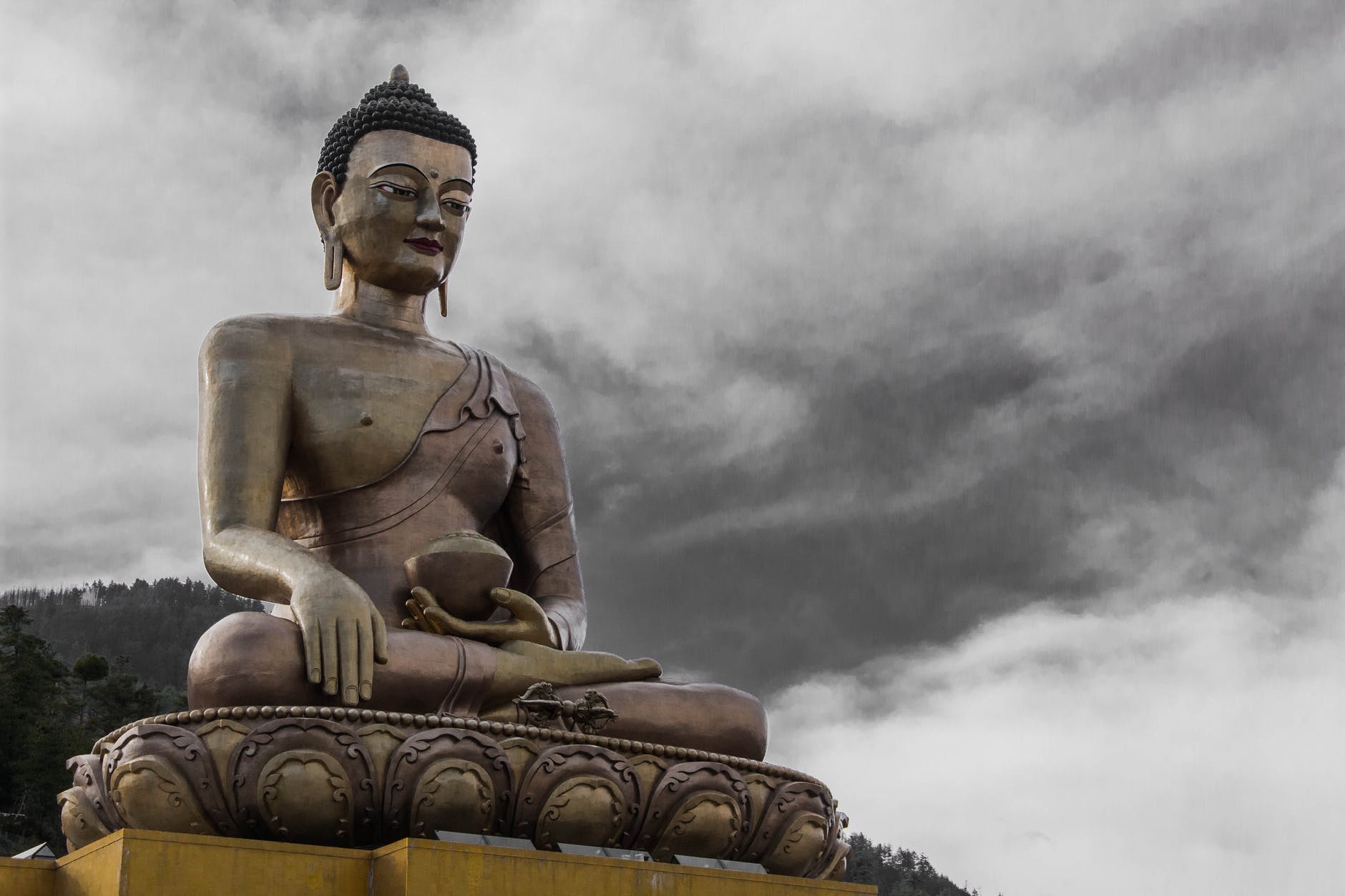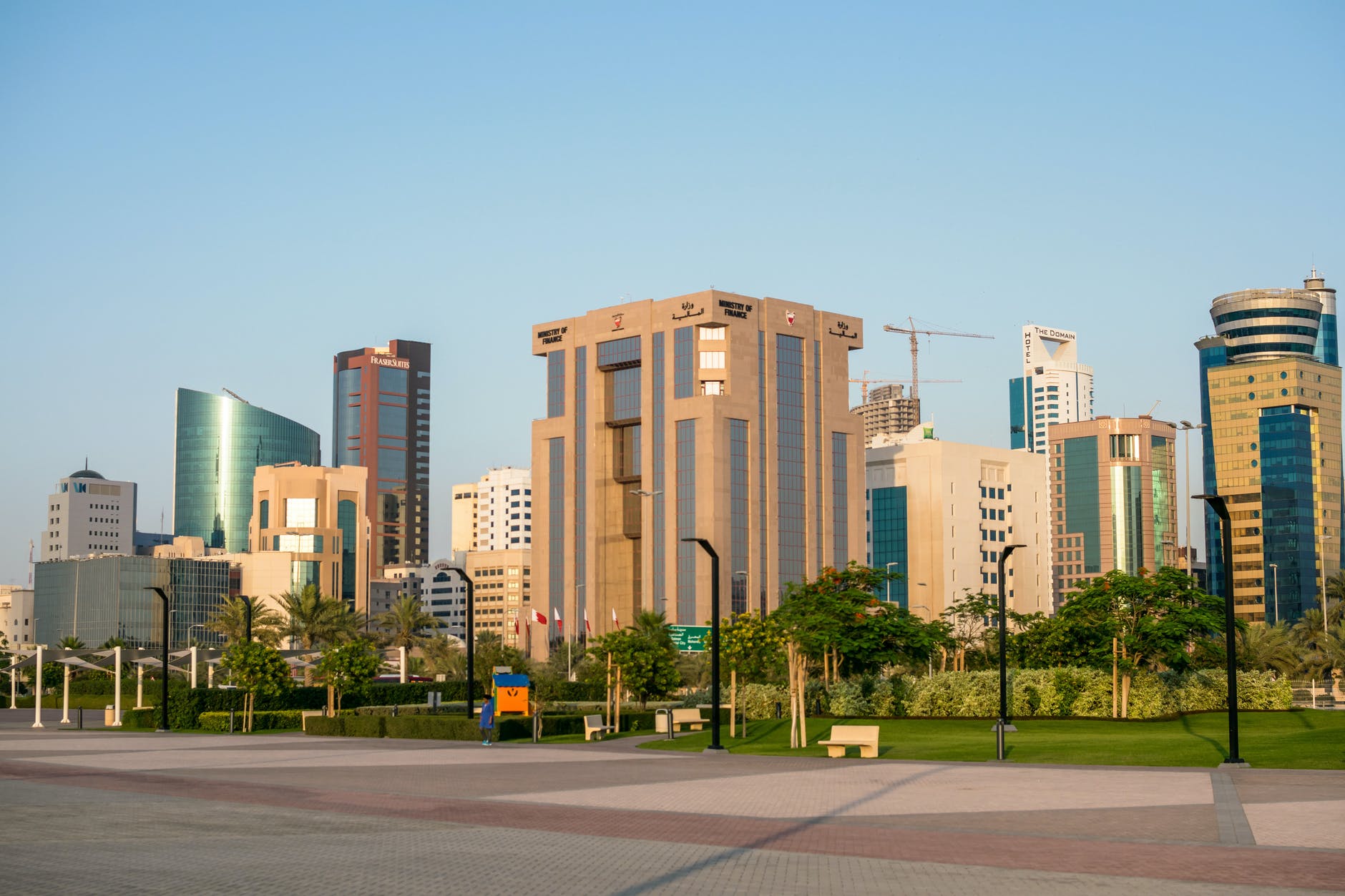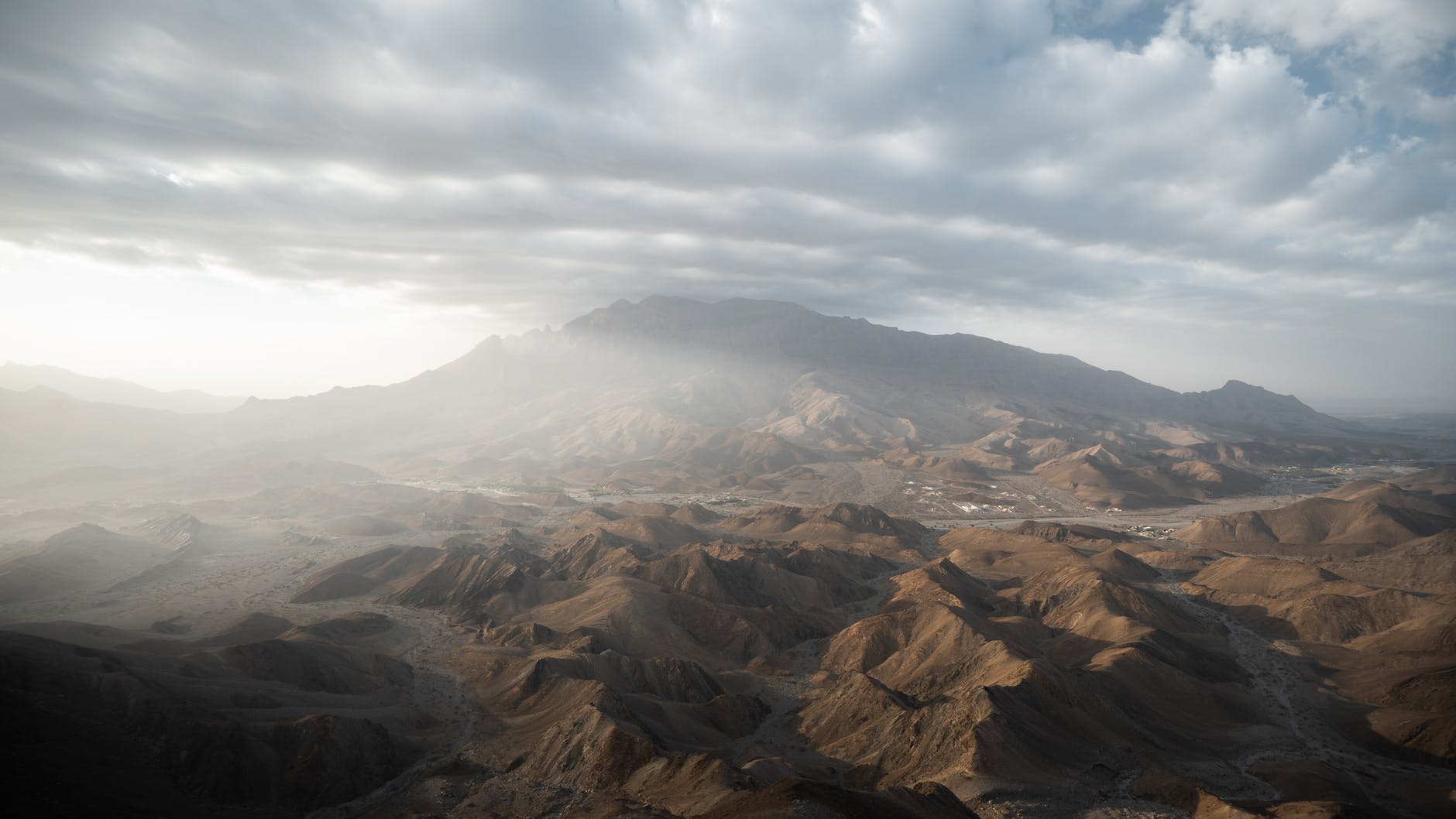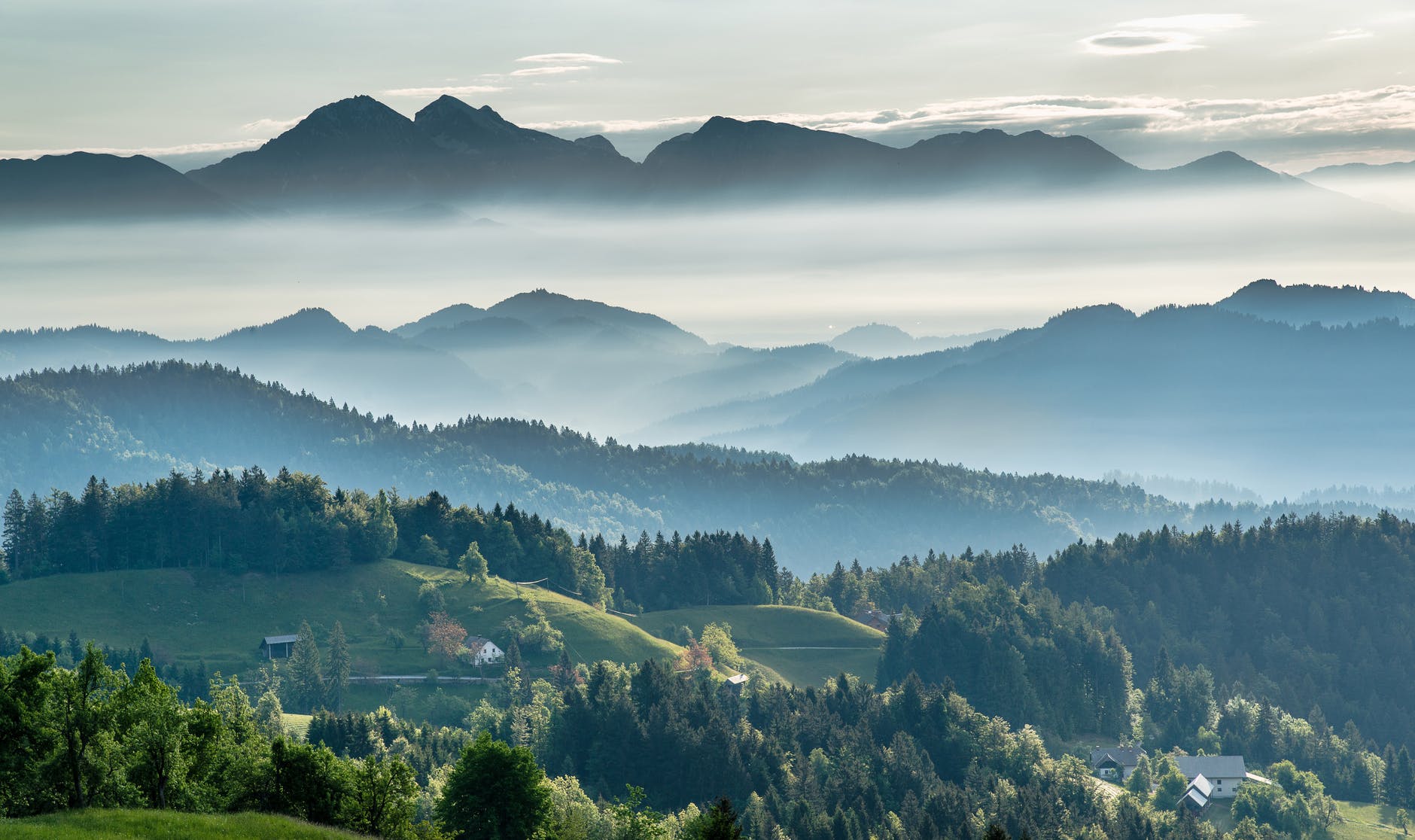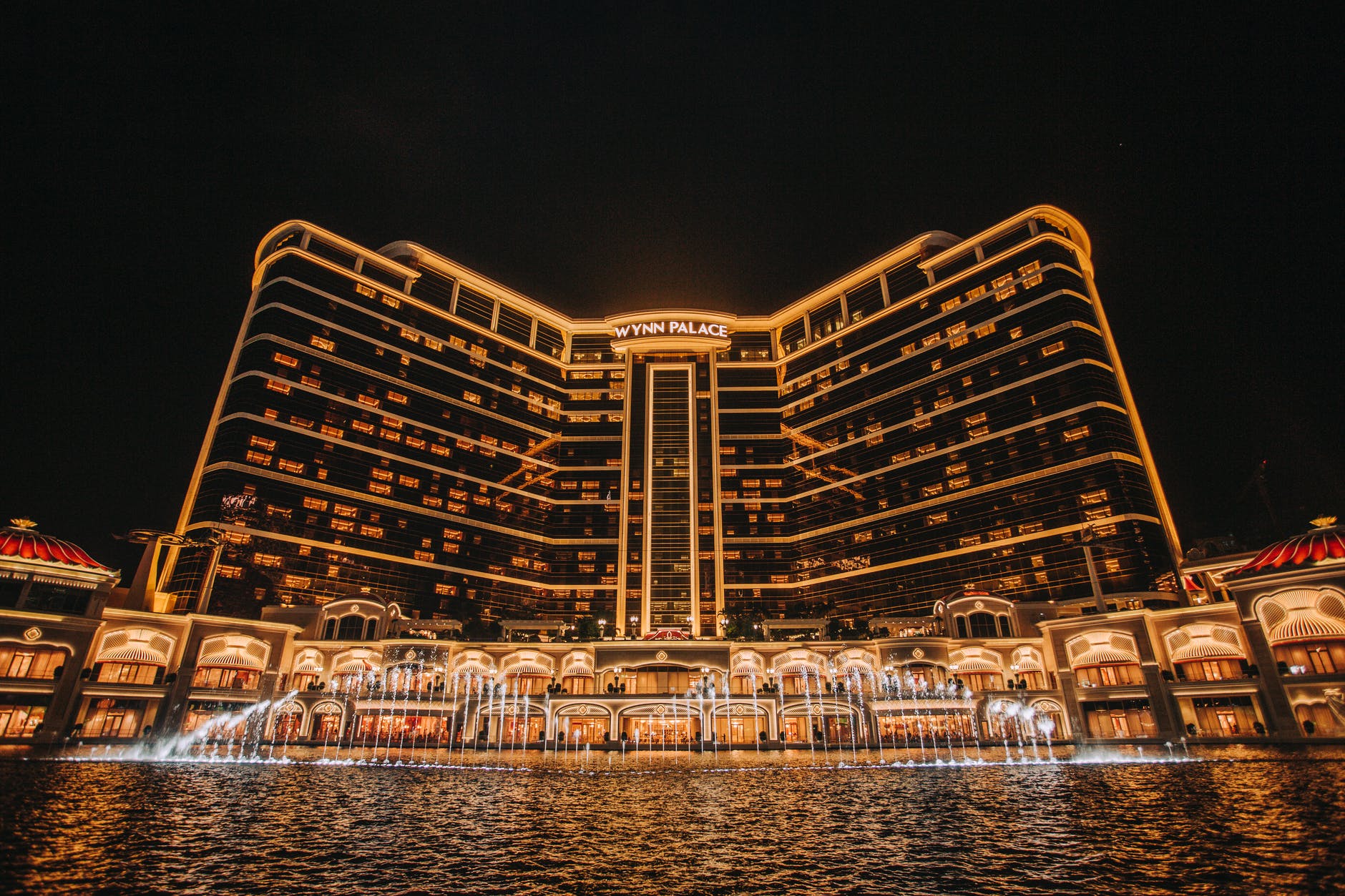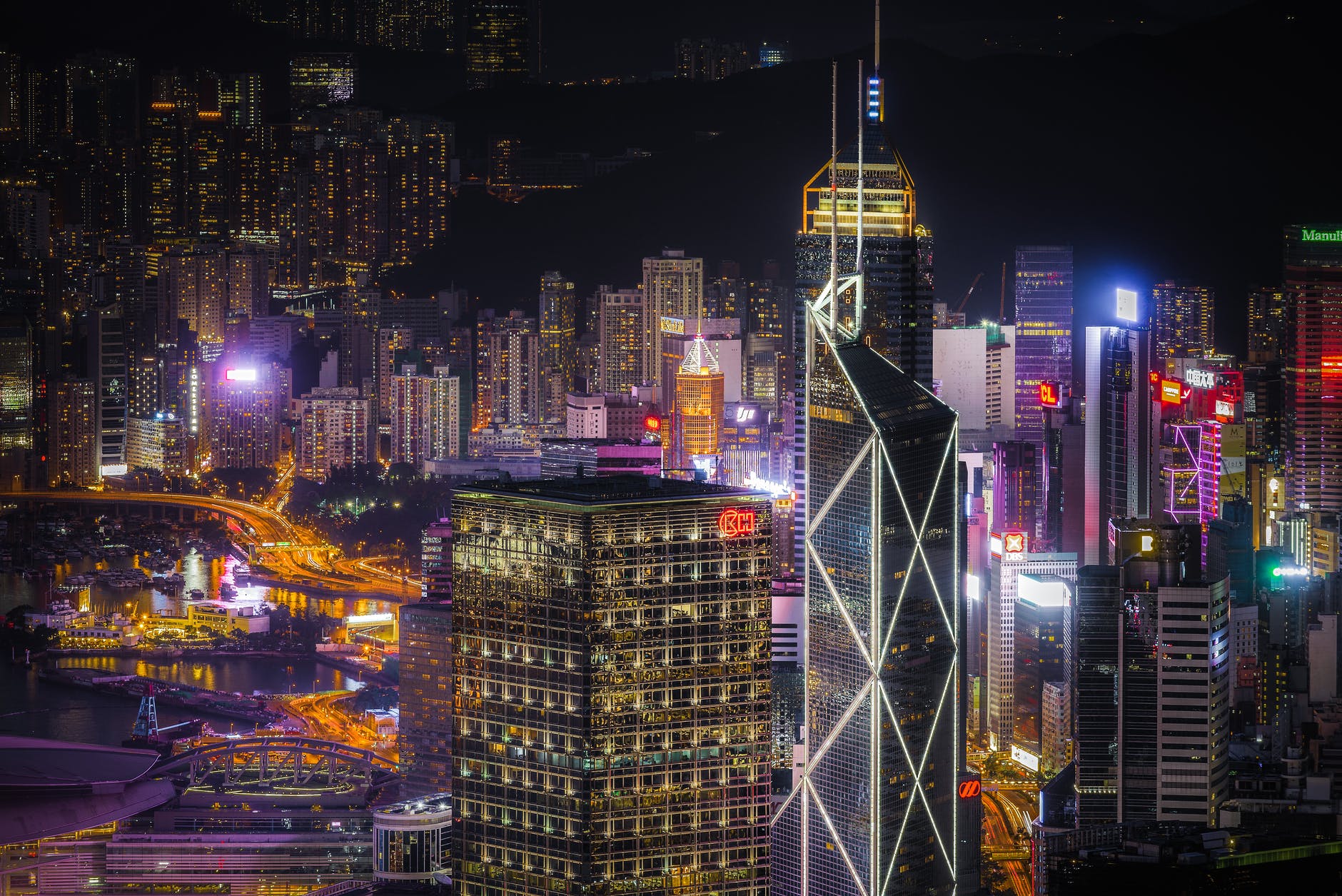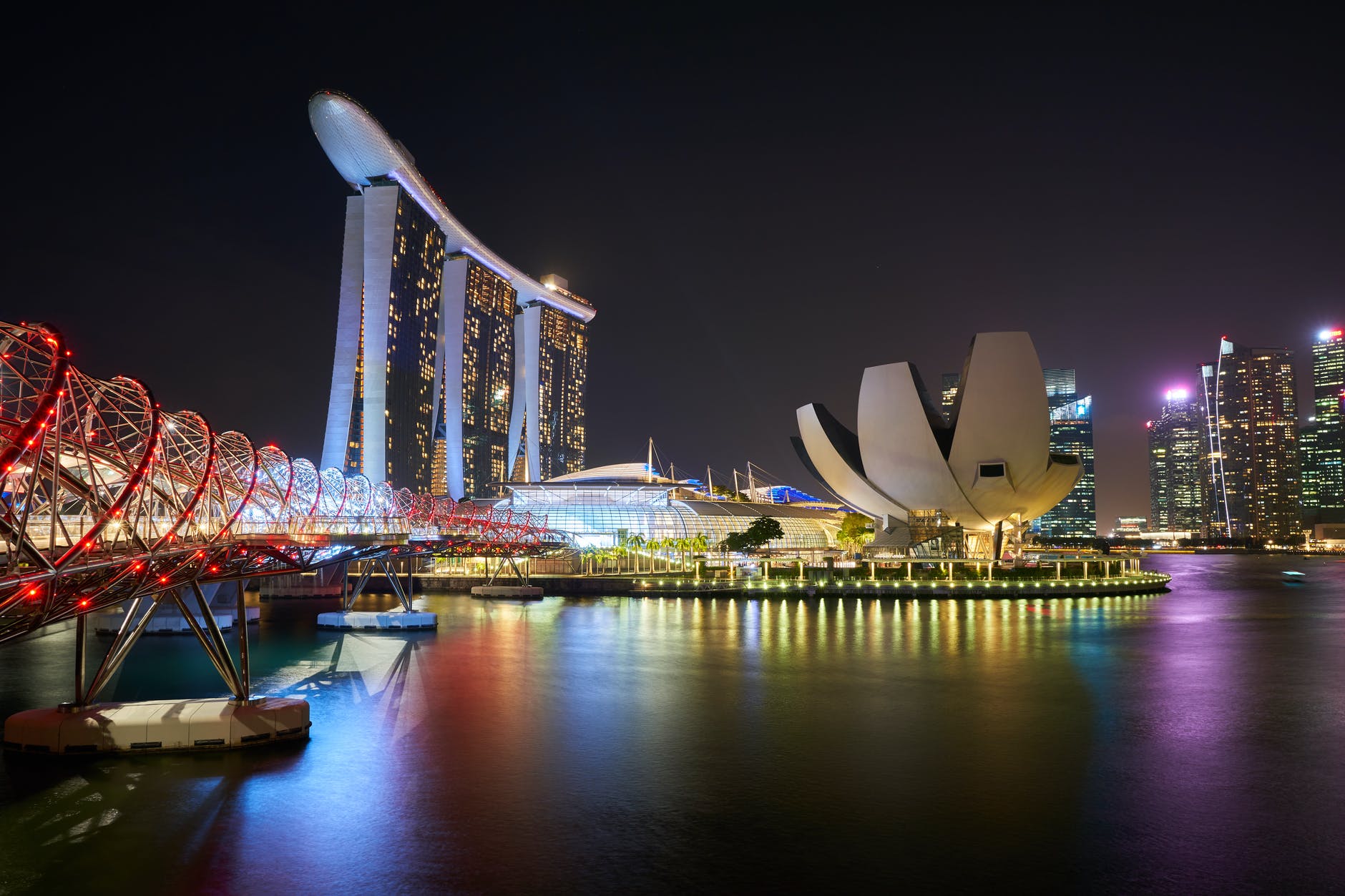About Bhutan:
We will start our Bhutan Travel Tips by talking about this country. Many variants of Sanskrit terms such as Bhota-ant (end of Bhot) or Bhu-uttan (mountains) consider the name Bhutan to be the root of. The Thunder Dragon Land, unseen high between the magnificent zone of the Himalayan. This nation ‘s position is around India and China in the eastern Himalayas. This state’s overall surface territory is about 38,400 sq km. It is the globe’s sole nation without traffic lights.
It is the first & sole state in the globe to ban tobacco. It is home to moreover 11,000 wildlife lifeforms. This area has an overall population of some 800,000 people. The monarchy’s capital city is Thimphu. Education and medical care are free to all of this monarchy’s individuals. The nation is a location that is considered an entitlement to tour also the most experienced Visitors.
The percentage of visitors touring this nation was kept at a climate tolerable size via controlled visitor tariffs by authorities. This is generally a good idea because the nation is strongly seeking to keep on to its history, faith, and traditional way of life as well. In this region, plastic has been forbidden since 1999.
Things to do in Bhutan:
- Paro Taktsang
- National Museum of Bhutan
- Kichu Lhakhang
- Phobjikha Valley
- Chimi Lhakhang
- Drukgyal Dzong
- Buddha Dordenma
- Simtokha Dzong
- Kurjey Lhakhang
- Jambey Lhakhang
- Chele La Pass
- Mo Chhu
- Folk Heritage Museum
- Royal Manas National Park
- Chorten Kora
- Tango Monastery
Language:
The primary and main language of Bhutan is Dzongkha. This simply implies ‘fort tongue’ or ‘district tongue.’ It is the western parts’ primary tongue of the Ngalops. In 1971 Dzongkha proclaimed himself the state speaker. Overall it is multiple language communities with more than 19 accents heard across the community. Bumthangkha, Tshanglakha, and Lhotshamkha are the other regional tongues.
Although the Hindi & Bollywood films have a heavy influence on the regional population, according to Bhutan Travel Tips. Whereas English is the language of formal correspondence, government documentation, and education in the schooling of this nation.
Currency & Banking:
The Primary and main currency of Bhutan is Bhutanese ngultrum. While 1 ngultrum is equivalent to 100 chhertums. The bank issues note in denominations of 1, 5, 10, 20, 50, 100, 500, and 1000. Whereas coin comes in denominations of 5, 10, 20, 25, 50 Chhertums, and 1 Ngultrum. ATMs are spread across the state between all the major cities.
All significant international credit and debit cards allow you to withdraw cash from these ATMs. Bhutan Travel Tips advise you to bring U.S. dollars and have some of this converted as soon as you arrive at the airport. However, bills of $50 and $100 will give you a reasonable currency value than 20 or less than it.
Best Time To Visit:
The perfect opportunity to explore Bhutan is between March to April. Here it’s Spring period & friendly weather. Admirers of biodiversity who are enthusiastic about native flora will enjoy being here in April. It is indeed the perfect opportunity to meet the Ruler of Bhutan, as he always turns his attention between the 3rd or the final day of the celebrations. The trekking trails are also quite well during this period.
Such periods deliver the best hillwalking conditions and overnight stops in iconic teahouses. June through August is Bhutan’s rainy season. While there could be rains at nighttime avoiding ruining midday adventures. Nonetheless, situations aren’t perfect for hiking according to Bhutan Travel Tips.
Tourist Visas:
Indian, Bangladeshi, and Maldivian citizens may receive a port of entry permit to produce a correct passport with a validity of at least 6 months. Indian citizens can also use their Identification Card of Voting. They need to pay 1200 Indian rupees for adults and 600 rupees for child per day. Before traveling to Bhutan all other visitors must receive a visa approval. visas are given either straight by your approved Bhutanese tour operator or by the international tour company through an online portal.
Time Zone:
The Time zone of this location is +6 hours GMT.
Emergency Numbers:
- Fire: 11o
- Ambulance: 112
- Police: 113
Internet:
The Internet speed in Bhutan is below average and the prices are economical. You can buy SIM cards for your phone from the airport or one of many retailers all over this nation. All you need is the passport to get the sim card in this country. While Bhutan telecom and Tashi Cell are the major internet service providers in this location.
According to Bhutan Travel Tips, the areas with free wifi hotspots are restaurants, hotels, airports, and popular tourist places. Whereas about 65 percent of the population has internet access. Throughout this state’s villages, you will face problems, the connection is not so decent in most places.
Electricity:
The default voltage is 230 V and the default frequency is 50 Hz. The electric plugs and sockets are of form D, F, and G. The form D is majorly famous in India, Nepal, and a few African nations. This form only operates with type D. Whereas, form F also popular as “Schuko”. This form also operates with type C and type E. While form G is of British origin.
This form only operates with type G. However, you can use your power equipment in this location if the normal voltage in your area is between 220 240 V. Although it is advisable to carry a travel adapter. According to Bhutan Travel Tips, power-cuts usually happens in this part of the world.
Climate:
Throughout Bhutan, there is a vast variety of climate. The south is tropical, the central zone is mostly temperate and the north is cooler, similar to the Himalayas. Climate patterns are close to the Arctic in the northern regions where the peaks climb up to 7,000 m. The climate is warmer and moist in the summer and cold in the winter in the South, nearer to India. The rainfall in the rainy season is typically strong.
As per Bhutan Travel Tips, in some areas, the average yearly precipitation may surpass 3,100 millimeters. Winter is a decent season to explore the bottom regions but froze in the higher regions. During winter the sun emerges daily, although it doesn’t appear much in Monsoons.
Food:
Bhutan food seems to be simple but extremely healthy. Lunch and dinner contain homemade veggies (fiddlehead ferns, carrots, green beans, mushrooms), a meat snack, and either red rice or white rice from Bhutan. Often food is inspired by Indian, Tibetan, or Nepal cooking and may include bread, herbs, and typical foods from those nations. Chilli and cheese are the primary foods according to Bhutan Travel Tips and they are side dishes. If you like spicy dishes, ask your escort and motorist for the chili and cheese that they consume. It’s much reduced what are they serving to visitors.
Hotel:
Bhutan provides a huge variety of hospitality choices, from comfortable Bhutanese guesthouses to luxury resorts. They host visitors in only the top grade resorts and hostels, specifically chosen for their luxury, operation, environment, food, facilities, hygiene, and maintenance. Restrooms in western style are the standard, according to Bhutan Travel Tips, and many resorts provide cable TV and in-room telephones.
Many hotels provide internet-connected devices in their lobby section, and several properties also have wifi connectivity in the room. With several hotels and few eateries, visitors often eat the most meals in the hotels.
Shopping:
There is a range of arts and crafts made in Bhutan. It includes art, sculptures, drawings, thangkas, and weaves. There are many collectibles here, according to Bhutan Travel Tips, that probably comes from India or Nepal. In the context of jewelry, the beads are often shipped and the jewelry is made in Bhutan, or so the store owner advises you. Since they ship very much, it appears to be very costly, and if you buy in the native nation, you’ll pay less than you pay here.
However, there is a lot of stuff that makes for beautiful gifts like scarves, jewelry, and objects used in Buddhism ceremonies like bells, mala beads, and prayer bowls. In Bhutan, weavings and thangkas are commonly made and are mostly very costly. Excellently-made dinner linen or Kira (female’s costume) will cost approximately $70 to US$ 100. As per Bhutan Travel Tips, rather than attempting to calculate the Bhutanese ngultrum, you ‘re happy by using US dollars.
Festivals:
Festivals come around the nation frequently and are a manner of people to get together to enjoy harvesting season and other big occasions. The celebrations are spiritual gatherings here, as per Bhutan Travel Tips. They typically take place across few days and occur across the state. Natives are clothed in their best native clothes and accompany the whole family. The dancing lasts until the quite early hours or begins just prior to sunrise on several occasions.
The artists and dancers wear intricate outfits, and the artists are very professional in their craft. it is the sole nation in the globe where celebrations is held to receive migrating birds. The celebration schedules vary depending on the full moon and the days will also vary because the community is not ready. While it’s doubtful that the bigger Tsechu’s will have a last moment schedule change, don’t be too shocked if that develops at one of the minor gatherings.
Some tourists say that the natives have received them nicer if they dress classical outfits. Photography is authorized but always to be polite and friendly. As per Bhutan Travel Tips, the major festivals are Thimphu Tshechu, Paro Tshechu, Jambay Lhakhang Drup, Punakha Drubchen, and Haa Summer Festival.
Trekking :
Bhutan offers a wide variety of treks, from the 28-day Snowman Trek to nightly journeys. A Trekker ‘s adventure is possibly the best choice to select a trek but some travel agencies propose unique treks that may not be this nation’s usual trekkings. They transport packs, tents, sleeping bags, meals, and water using Yaks and ponies.
The majority of trekking days are around 5 hours on the path. Although the trekking routes are n’t really tough, you ‘re going to be at altitude, finding it even tougher if you ‘re not prone to heights. As per Bhutan Travel Tips, your tour operator have to arrange authorization for your trekking.
Tourist Tax:
The authority had once placed a cap on the total of tourists who will be allowed to reach Bhutan. That is no longer true but the reality is that visitors are subject to heavy regular tax levies. According to Bhutan Travel Tips, there’s a minimal expense a person has to pay for traveling every day. It’s $250 in high season and $200 from December through February and from June through August.
For entering the nation, visitors must join a planned trip and you must be escorted by an operator and motorist during your period here. You may go as a person or twosome, but you need to pay a stronger regular fee of around $290 per day.
History:
People were living here in 1,500 BC by the domestication of livestock. Buddhism was brought here in the seventh millennium according to Bhutan Travel Tips. An Indian called Padmasambhava did a great deal in the 8th millennium to promote Buddhism in Bhutan. Nevertheless, the Bhutanese were disorganized for generations. Ngawang Namgyal was then made the supreme leader in 1616. Bhutan has become a unified state, under him. Ngawang Namgyal separate Bhutan ‘s governor into religious and nonreligious, too.
The Zhabdrung was the religious chief while the political government was held by an individual titled the Desi. Two Portuguese Jesuit priests meanwhile were the first westerners to reach Bhutan in 1627. Bhutan first signed a 1774 agreement with Britain. Britain and Bhutan, however, clashed across the Duars (lowest hills), and in 1864 they fought a battle. After the battle, the Duars were taken by Britain. Ugyen Wangchuk was made king of Bhutan in 1907. both made an agreement again in 1910.
Britain has decided not to intervene with Bhutan’s domestic matters as far as the Bhutanese have welcome British guidance on its international policy. Upon independence, India concluded an agreement with Bhutan in 1949 which was the same as the British singing in 1910. Bhutan left its separation in the 1960s according to Bhutan Travel Tips. In 1962, Bhutan did join the Strategy at Colombo. In 1969 Bhutan did join the Universal Postal Organization, and in 1971 entered the UN. Lotay Tshering is the current president of Bhutan & the Je Khenpo is spiritual leader.
Reasons to Travel Bhutan:
- Nature
- Adventures
- Historical
- Climate
- Shopping
- Meditation
- Festivals and Celebrations
- Art and crafts
- People
- Food
Culture:
Bhutan ‘s culture is vibrant and beautiful. You will be encountering the effect of Indian society & Buddhism on everyday life here. Bhutanese are popular for their satisfaction according to the Bhutan Travel Tips. In this country, it is compulsory to carry traditional clothes. Regional outfits for males are Gho, and for females it’s Kira. While Bhutan folklore dancing is classical Bhutan dances in a special way.
The type of dance represents the state’s great heritage. This has been done and passing in for ages since the ancient Paradise. Zhungdra is among the most ancient dance styles of the region. Nevertheless, Cham (mask dance) is another popular folk dance as well in this nation.
Religion :
Bhutan is a state entirely Buddhist. In Drukpa Kagyupa the ritualistic type of Mahayana Buddhism is the state’s main faith. It is followed by 75 percent of the citizens across the region. Hinduism genetically similar to Buddhism is the secondary faith in Bhutan, followed by about 22 percent of people. Many forms of animism beliefs were taught until Buddhism stole Bhutan ‘s soul.
Ethnic communities in certain areas of the region which are about 3 percent still follow these customs and superstitions. Nevertheless, according to the Bhutan Travel Tips, there are no spiritual regulations in this state.
Packing Tips for Bhutan:
- Passport & Travel map
- Day Bag or Backpack
- Sunglasses and Sun Hat
- Comfortable Clothes
- Breathable tees
- Power Charger
- Travel Adapter
- Toiletries
- Hiking shoes
- Accessories
- Tickets
- Medicine Kit
- Insects repellent
Is it safe to Travel Bhutan?
Yes, Bhutan is a completely safe spot to visit. However, Public transportation is not up to the mark in the region. While in this state cabs are the best way to get around. Nonetheless, Bhutan Travel tips advise you to use only cabs from well-known firms. The region is a really nice location for travel with extremely welcoming citizens. This state is among Southeast Asia’s minimum violence levels, in terms of both small and major offenses. Significant crimes are rare, including pickpocketing, kidnappings, muggings, terrorist attacks.
In this part of the globe, even frauds aren’t active. It is also an awesome state for Solo Women Travelers. Bhutan Travel Tips encourage you to use your basic logic and to take your mind with you. Please just don’t do something you wouldn’t do in your own nation. However, there are some environmental risks in this nation, including flooding, landslides, wildfire, earthquakes.
However, if you need more information about Bhutan Travel Tips ?? Call us at +918860284198 or contact us at [email protected].
FAQ
Weird things about Bhutan?
1. Phalluses(Penis) paintings everywhere in Bhutan. 2. Most of the people have birthdays on 1 January. 3. Only several pilots not over 10 are eligible to take the flight to Paro airport
Bad things about Bhutan?
1. Internet connections are poor in most of the areas. 2. Road accidents are common due to the conditions of the roads. 3. You cannot travel like a backpacker.
Bhutan travel restrictions?
The entry of Internation travelers to Bhutan is banned starting from 5 Mar 2020. They are planning to reopen it from 16 August 2020 but not confirmed.
Bhutan new rules for tourists?
Now citizens of India, Bangladesh, and the Maldives need to pay 1200 for Adult and 600 for Child per day for entry in Bhutan.
Bhutan Expensive or Cheaper?
According to Bhutan Travel Tips, It is a quite expensive country as a comparison to neighboring countries.

